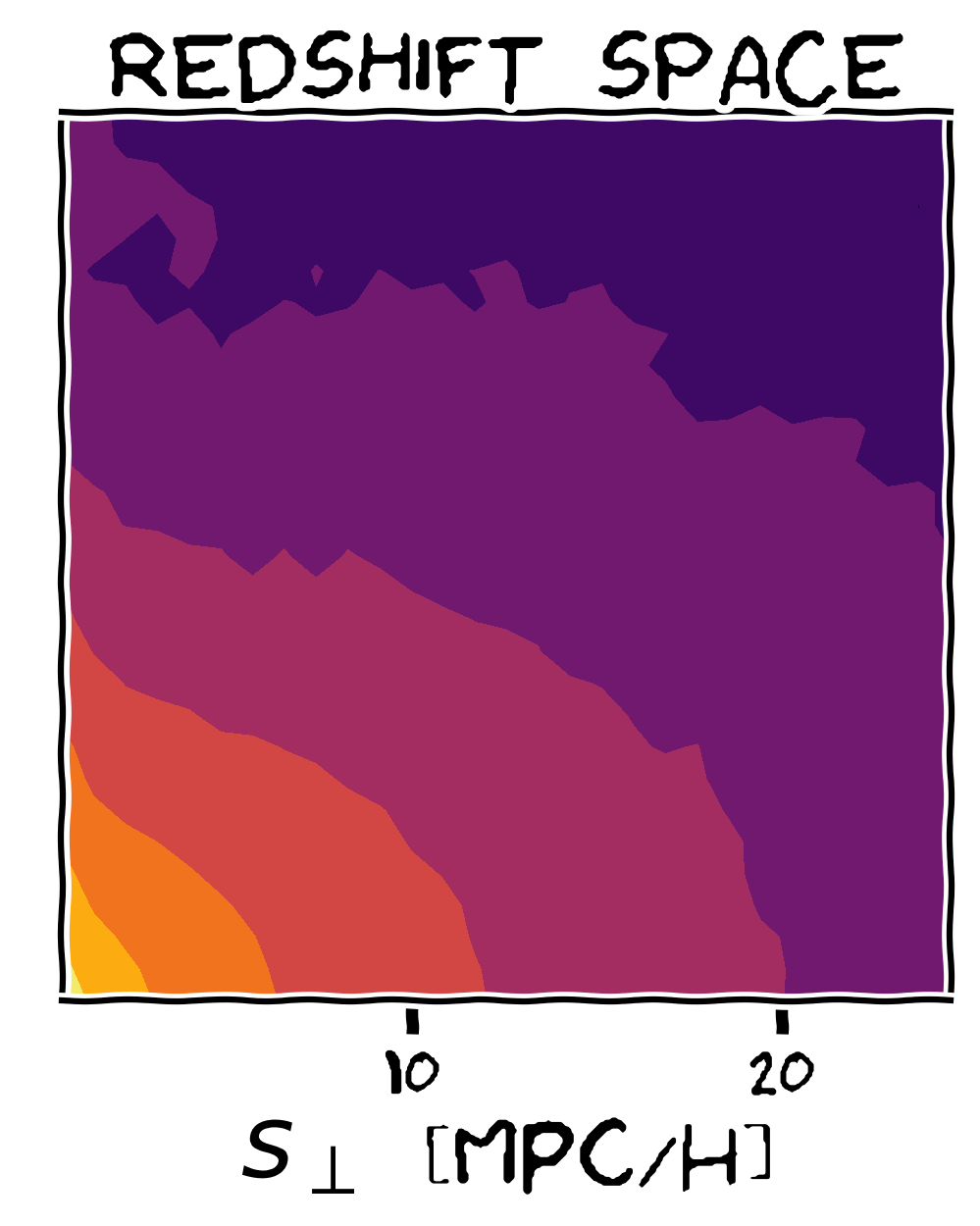Simulation-based models for galaxy clustering
Carolina Cuesta-Lazaro
EAS 2022

Collaborators: Cheng-Zong Ruan, Yosuke Kobayashi, Enrique Paillas, Alexander Eggemeier, Pauline Zarrouk, Sownak Bose, Takahiro Nishimichi, Baojiu Li, Carlton Baugh


















A halo model emulator
Neural Network Emulator





Fixing HOD






















Density-dependent clustering



Conclusions
1. 100 N-body simulations are sufficient to emulate two point statistics to the accuracy of current surveys (future?)
2. Ignoring environment assembly bias effects could bias constraints
3. Cosmological constraints could be improved dramatically by modelling environment dependent clustering (specially to constrain sum of neutrino masses)
4. But, potentially new systematics?

1. Emulating 2-point statistics (clustering + velocity) with neural networks
2. Potential consequences of ignoring environment based assembly bias
3. Extracting non-Gaussian information from environment dependent clustering
Outlook


LOWZ MOCK
N-body sims DarkQuest

EAS22
By carol cuesta
EAS22
- 492



